Agadir and Taghazout holidays
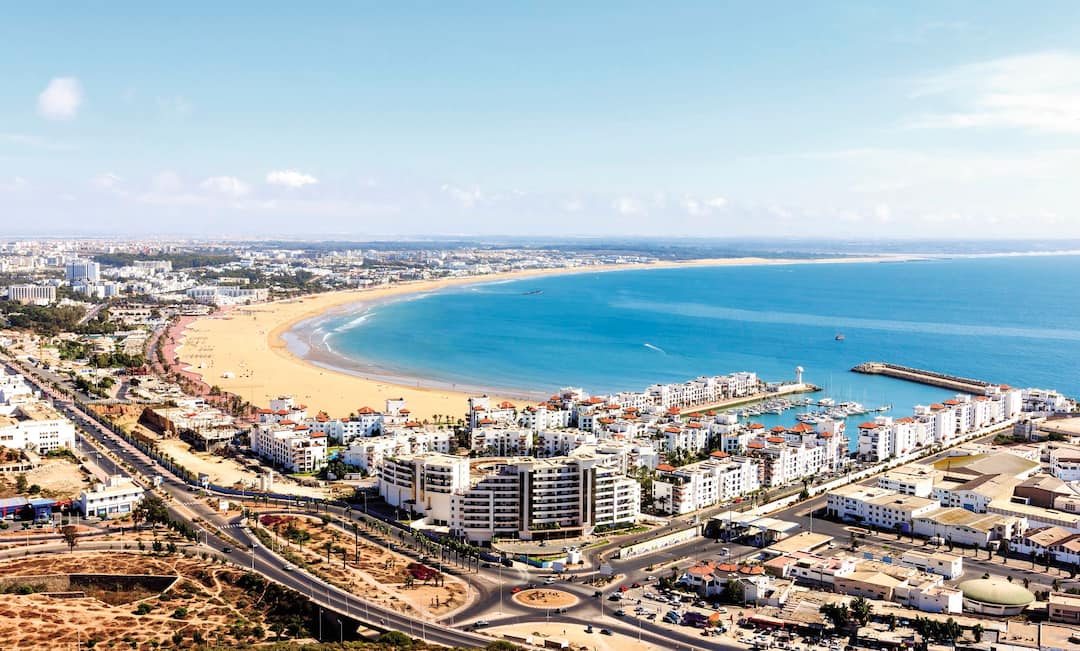;img.crop(width:1080%2Cheight:608))
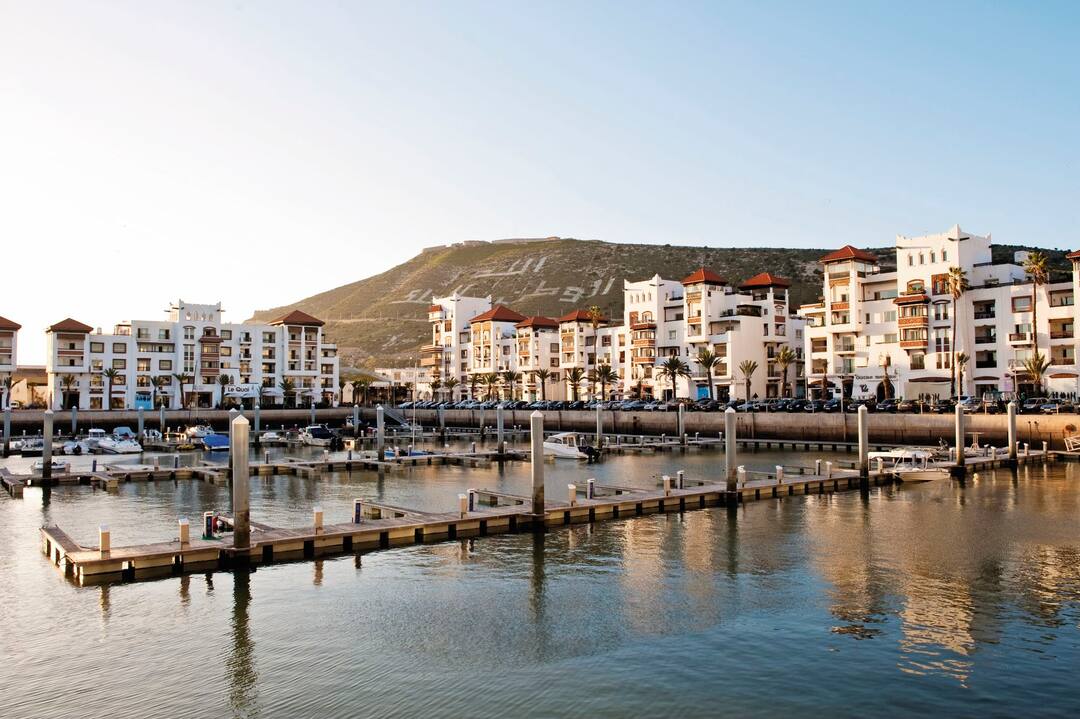;img.crop(width:1080%2Cheight:608))
;img.crop(width:1080%2Cheight:608))
;img.crop(width:1080%2Cheight:608))
;img.crop(width:1080%2Cheight:608))
;img.crop(width:1080%2Cheight:608))
;img.crop(width:1080%2Cheight:608)&fit=thumb&w=782&h=394&q=70&fm=jpg)
Our holidays to Morocco's Atlantic Coast go to Agadir – where the beach is the star of the show – and Taghazout, an up-and-coming fishing village.
Welcome to the west coast
Morocco’s west is known for its sandy beaches, top surfing conditions and souvenir-filled souks. The biggest name in the area is Agadir – Morocco’s premier holiday destination, thanks to a nine-kilometre-long beach. But don’t overlook Taghazout, a fishing village that’s on the up for holidaymakers. Its beach is equally as attractive as Agadir’s, and really popular with surfers.
Agadir, where old meets new
Agadir itself was destroyed by an earthquake back in the Sixties and, rather than attempting to rebuild what was left, officials decided to start from scratch. It means the Agadir of today is filled with broad, palm-lined avenues edged by cafés and blossoming parkland. Don’t let the city’s modern face fool you, though. In its centre, you’ll come across colourful bazaars, spice-scented souks and spindly minarets.
Taghazout, the new kid on the block
The village of Taghazout’s been pinpointed as one of Morocco’s best surfing spots. The laidback vibe here is similar to Agadir, just on a smaller scale. The future plans for this place, though, are much grander, with a medina and a strip of swish new hotels on the cards. Location-wise, it’s an ideal base for trips to the blue pools of Paradise Valley and the waterfalls at Imouzzer – both are under an hour-and-a-half’s drive away.
Popular hotels in Agadir and Taghazout
Top things to see and do in Agadir and Taghazout
Beaches
Shopping
Nightlife
Food & drink
Top Hotels in Agadir and Taghazout
Facts about Agadir and Taghazout
FAQs
Where can I find the latest travel advice?
All your questions about entry requirements, visas, passports or health information are answered on our Travel Advice page.
Are there any local customs I should know about in Agadir and Taghazout?
When exploring outside resort areas, we recommend covering shoulders and knees out of respect for local customs. During Ramadan, it's considerate to avoid eating in public during daylight hours. We suggest asking permission before photographing people. When visiting mosques or homes, removing shoes before entering is customary.
Should I tip in Agadir and Taghazout?
Tipping is common but not required in Agadir and Taghazout. In restaurants, you'll find that a 10% tip is typical for good service. For other services like taxis or hotel staff, you might consider rounding up the bill or giving a small amount. Within resorts, many guests choose to tip for exceptional service.
What's the nightlife like in Agadir and Taghazout?
Agadir offers a vibrant nightlife with beachfront bars, nightclubs, and casino entertainment. Taghazout is more laid-back, with beach bars and cafes. Many resorts host evening entertainment programmes. For a cultural experience, we recommend attending a traditional Moroccan music performance.
Where can I try local food in Agadir and Taghazout cuisine?
For authentic Moroccan cuisine, try local restaurants in Agadir's Talborjt district. We recommend sampling tagine, couscous, and fresh seafood. In Taghazout, beachside cafes offer traditional dishes. Many resorts also feature Moroccan nights with local specialties.
What should I wear in Taghazout?
In Taghazout, wear relaxed, beach-friendly clothing like shorts, t-shirts, and sundresses. For surfing, pack rash guards and board shorts. When exploring the town, dress modestly with shoulders and knees covered. Bring a light layer for cooler evenings, especially in winter months.
What are the best beaches in Agadir and Taghazout?
Agadir offers a long, sandy beach ideal for sunbathing and watersports. In Taghazout, you'll find Anchor Point and Panoramas Beach, known for their beautiful views and good surfing conditions. Many resorts provide private beach access with comfortable amenities, allowing you to relax and enjoy the coastal atmosphere.
Where are the best places to shop in Agadir and Taghazout?
For traditional Moroccan goods, visit Souk El Had in Agadir. The Marina Agadir offers modern shopping with international brands. In Taghazout, small boutiques sell local crafts and surf gear. Many resorts also have shops for essentials and souvenirs.
What travel adapter do I need for Agadir?
For Agadir, bring a two-pin European style plug adapter. These are widely used in Morocco, including Agadir. Most UK electronics will work fine, but check labels on high-powered devices like hair dryers to see if a voltage converter is needed.
What should I pack for Agadir?
For Agadir, pack lightweight, breathable clothing suitable for warm weather. Bring beachwear, sun protection including a wide-brimmed hat and sunglasses, and comfortable walking shoes for exploring. Include some smart-casual outfits for dining out. Don't forget a light jacket or wrap for cooler evenings. Respect local customs by packing modest clothing for visits to town or religious sites.
What should I wear in Agadir?
In Agadir, wear light, loose-fitting clothes during the day, such as shorts, t-shirts, and sundresses. For evenings, pack smart-casual attire. When visiting religious sites or rural areas, dress modestly with shoulders and knees covered. Bring a light jacket for cooler nights.
What travel adapter do I need for Taghazout?
For Taghazout, bring a two-pin European style plug adapter. These are commonly used throughout Morocco. Your UK electronics should work without issues, but for high-powered devices like hair dryers, check the label to see if a voltage converter is needed.
What should I pack for Taghazout?
For Taghazout, pack light, breathable clothing, swimwear, and beach essentials. Bring sun protection including high-SPF sunscreen, sunglasses, and a wide-brimmed hat. Include a light jacket for cooler evenings and modest outfits for visits to local villages or markets.
Ready to start searching for your trip to Agadir and Taghazout?
Take a look at our best deals, add handy holiday extras, or keep looking for travel inspiration.
All hotels - Agadir and Taghazout
- Agadir Beach Club
- Allegro Agadir
- Hotel Argana & SPA Agadir
- Hyatt Place Taghazout Bay
- Hyatt Regency Taghazout
- Iberostar Waves Founty Beach
- Les Jardins D´Agadir
- Paradis Plage Resort
- Pickalbatros Palais des Roses
- Pickalbatros White Beach Resort Taghazout Adult Only
- ROBINSON AGADIR
- Riu Palace Tikida Agadir
- Riu Palace Tikida Taghazout
- Riu Tikida Dunas
- Royal Decameron Tafoukt Beach Resort & Spa
- TUI BLUE Riu Tikida Beach
- TUI SUNEO Kenzi Europa
- The View Agadir
- Tildi Hotel & Spa Agadir
- Timoulay Hotel & Spa

;img.crop(width:1080%2Cheight:608))
;img.crop(width:1080%2Cheight:608))
;img.crop(width:1080%2Cheight:608))
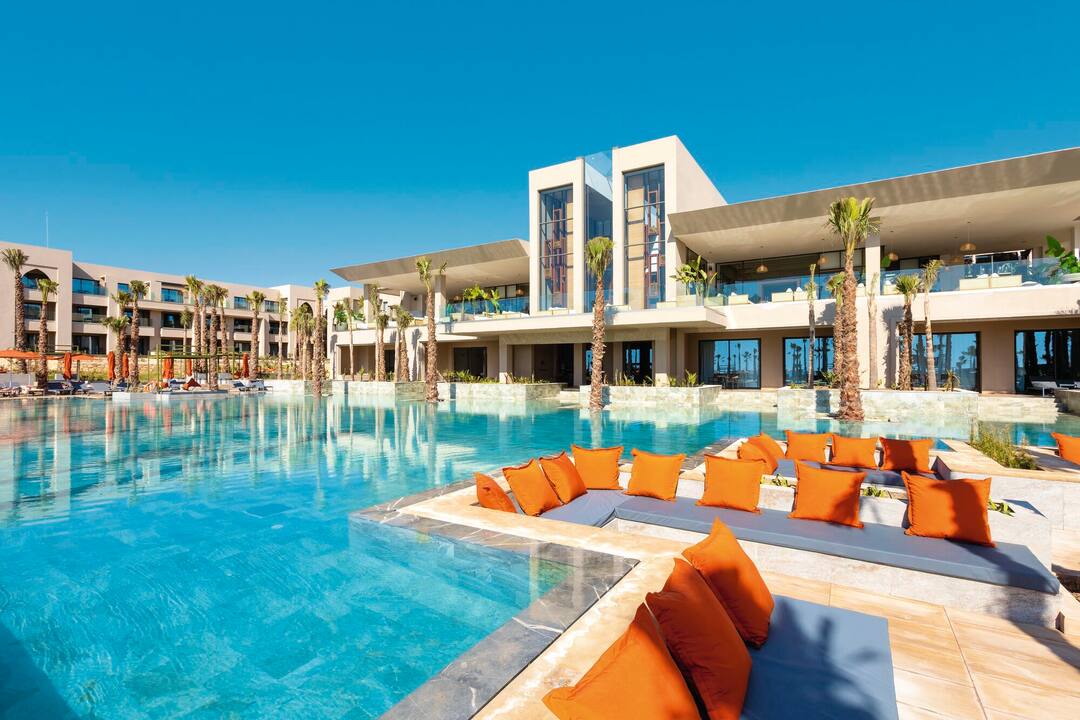;img.crop(width:1080%2Cheight:608))
;img.resize(height:608);img.crop(width:1080%2Cheight:608))
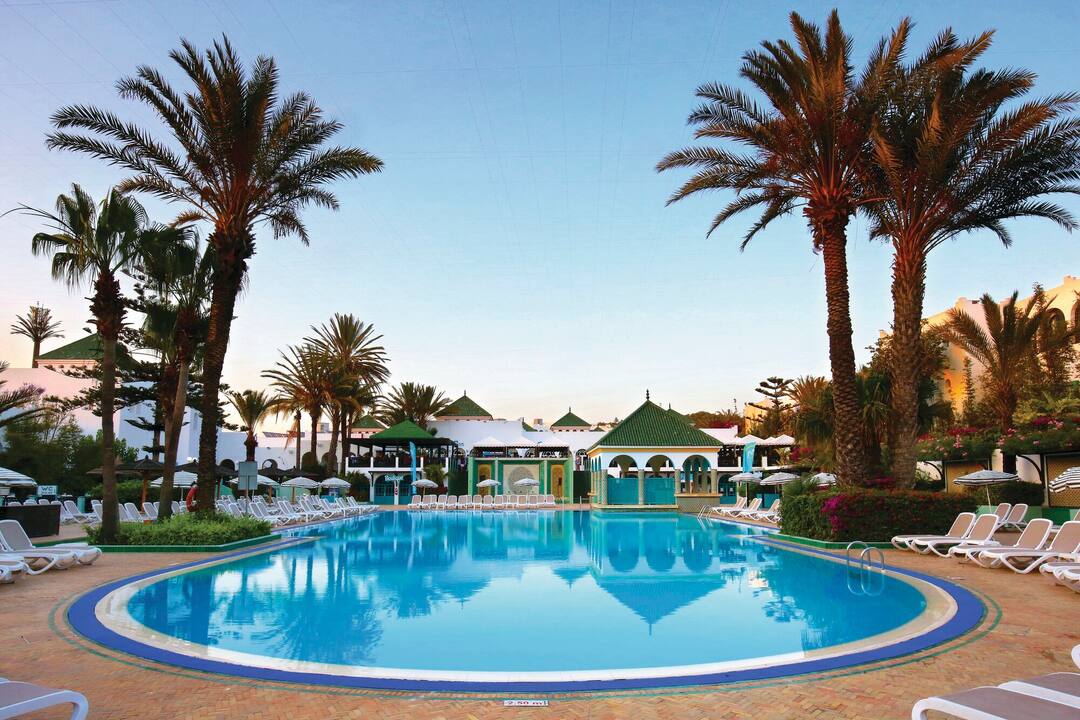;img.crop(width:1080%2Cheight:608))
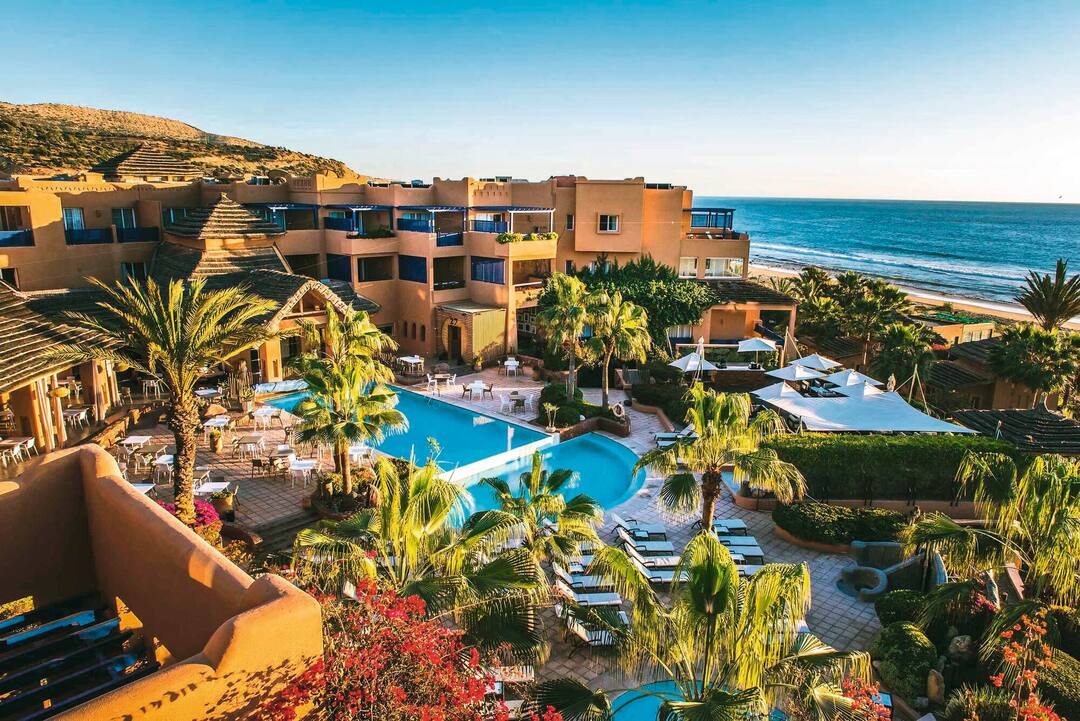;img.crop(width:1080%2Cheight:608))
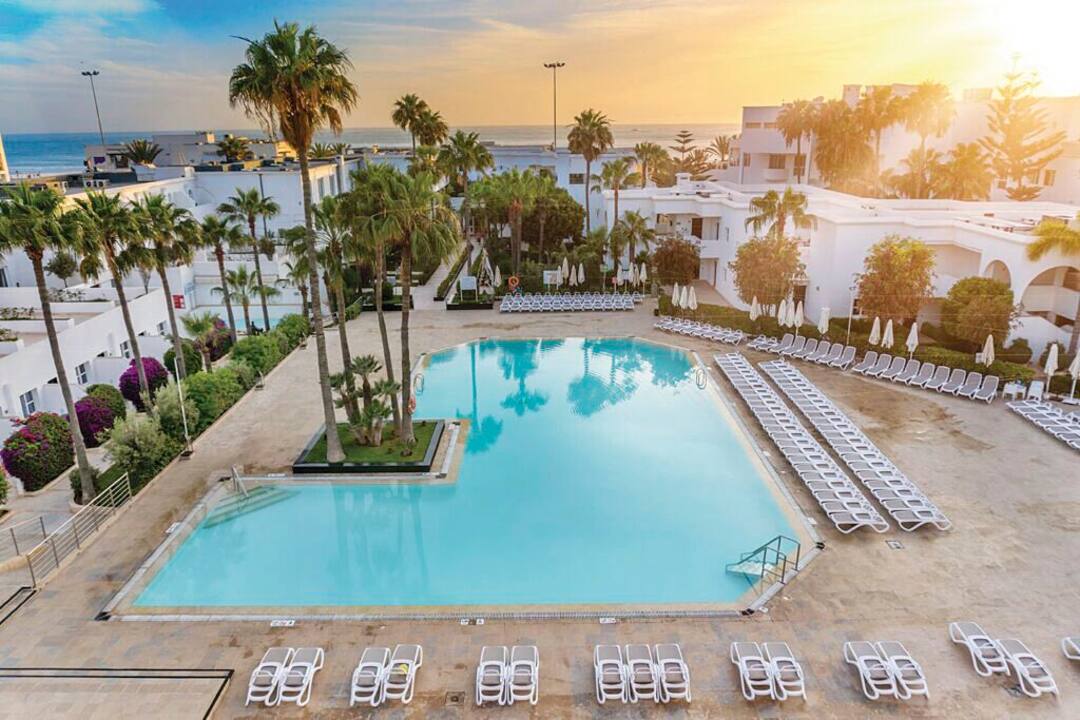;img.crop(width:1080%2Cheight:608))
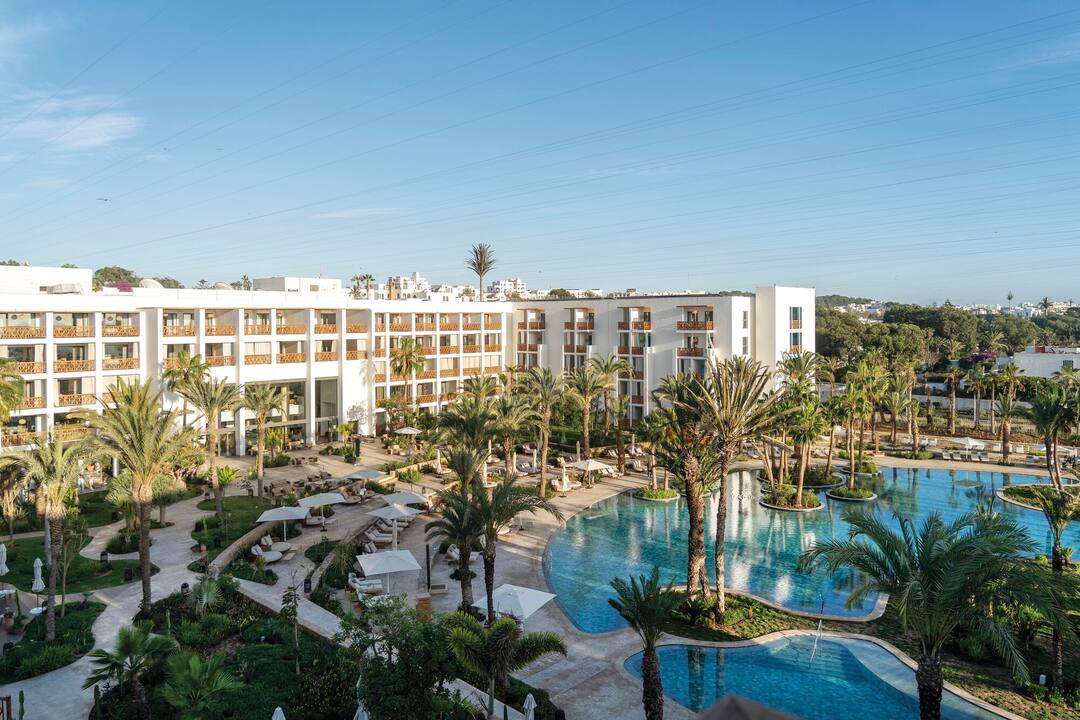;img.crop(width:1080%2Cheight:608))
